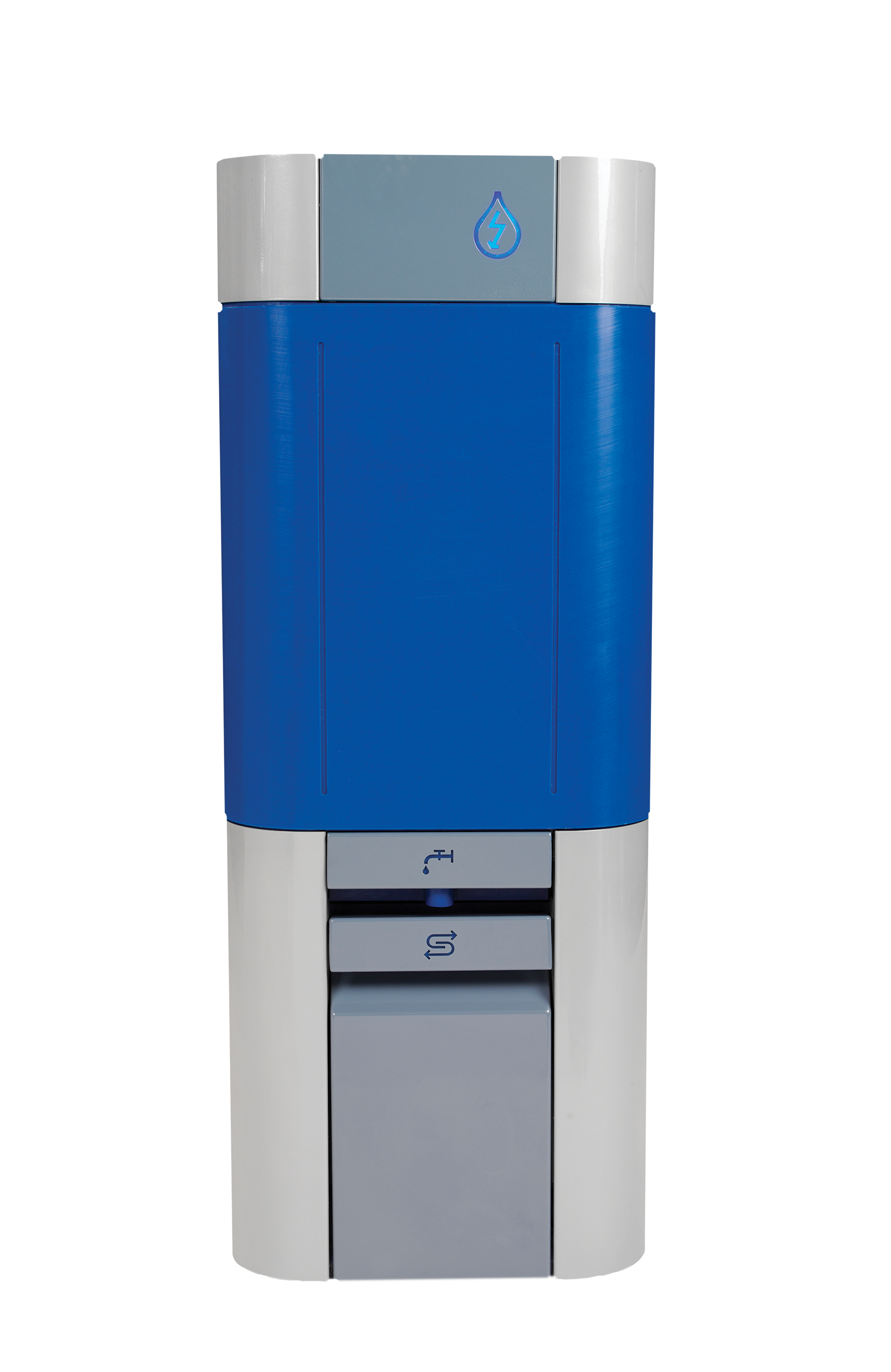Disinfection of process water is essential to maintain the highest quality end-products. There are many different disinfection methods, so choosing the one that suits your needs might be difficult. One of the more well-known methods is UV-C disinfection, which effectively eradicates microorganisms from process water in industrial settings. However, there is a downside of UV-C disinfection and an alternative method, the Watter System, can be more suitable.
How does UV disinfection work?
UV-C disinfection is widely used across the industry sector for disinfecting process water and ensuring that it meets health and regulatory standards. This method kills microorganisms by damaging their DNA or RNA, making them unable to reproduce and spread.
Factors to take into consideration with UV disinfection:
- Costly: The UV-C disinfection is expensive. After the initial investment, the ongoing costs do not stop. Regular maintenance, such as replacement lamps to maintain the peak performance, can accumulate a significant amount over the years. On average, a single replacement lamp costs between €200 to €500, and this does not include the labour costs.
- Re-contamination: As the UV-C disinfects the water only at the point where the lamp is placed, if the lamp is not positioned at the end of the water line, there is a potential for re-contamination by microorganisms from biofilm buildup.
- Additional disinfection: The UV-C disinfection only kills microorganisms at the specific point where the lamp is positioned. However, biofilm will still build up and colonise throughout the water pipes; therefore, regular chemical disinfection still needs to be executed.
- Germ reduction: UV-C disinfection eradicates 99.99% of microorganisms.
How does HOCl work?
HOCl, also known as hypochlorous acid, is a substance that is naturally present in nature. It is produced in all mammals’ white blood cells to help the immune defence system fight infections. Therefore, HOCl is harmless to humans, animals, and the environment. Even in low concentrations HOCl disinfection substance eradicates bacteria, viruses, fungi and yeasts, while also effectively removing biofilm buildup and preventing its recurrence with regular use.
The Watter System
The Watter System is a machine that produces disinfectant with HOCl as an active substance on location (in-situ). Only water, salt and electricity is necessary to produce the disinfectant. The installation consists of a salt and storage barrel attached to the system. It’s connected to the process or drinking water via one or two dosing pumps which automatically dose the precise amount of the disinfectant into the water distribution system.

Factors to take into consideration with Watter:
- Low operational costs: While there is a required initial investment, production costs are exceptionally low due to the simple addition of salt to the system. This not only ensures long-term cost savings but also significantly reduces labour time as the Watter Disinfection Solution disinfects the entire water distribution system.
- Removal of biofilm: HOCl removes and prevents biofilm buildups when used continuously. Therefore, no additional disinfecting and cleaning of the pipes is required.
- Environmentally friendly: As HOCl is present in nature, it is biodegradable. The carbon footprint is reduced because of the in-situ production, eliminating the need for the delivery of disinfectant jerry cans to your company location.
- Effectiveness: HOCl is highly effective against a wide range of bacteria and eradicates up to 99.999% of them. Moreover, it removes biofilm and with continuous dosage prevents its recurrence.
HOCl as alternative to UV-C disinfection
The Watter System is a user-friendly alternative to UV-C disinfection, especially when considering all factors. While local UV-C disinfection is effective at killing the microorganisms flowing in the water, it does not target microbial hotspots within the system. These hotspots, often located in specific areas like pipe surfaces or junctions, continue to harbour and potentially release bacteria into the water stream, undermining the overall effectiveness of the disinfection process. This means that biofilm and microbiologically induced corrosion can still cause issues. HOCl tackles these problems head-on by disinfecting the entire water distribution system. The Watter Disinfection Solution effectively eradicates microorganisms, removes biofilm and with continuous use prevents its recurrence.
To compare their effectiveness, the UV-C lamp has a log reduction of 4, while HOCl has a log reduction of 5. This means that UV-C lamp eradicates 99.99%, while HOCl eliminates up to 99.999% of microorganisms present on a certain surface area. It might not seem like a big difference, but imagine there are 1,000,000 bacteria present; after using UV-C disinfection there would still be 100 bacteria left, while with HOCl only 10 would remain. Now, imagine if the bacteria would double every 15 minutes, then within 5 hours after using a UV-C disinfection, the germ count would be 104,857,000 while with HOCl it would be only 10,485,760. This results in a difference of 94,371,840 bacteria present, which is a significant disparity.
The environmental benefits of HOCl aligns with industry trends toward sustainable technologies. These factors make HOCl not just an alternative, but potentially a better choice for process water disinfection in various industrial applications.
Contact our microbiologists today to learn how the Watter System can improve your process water disinfection.




